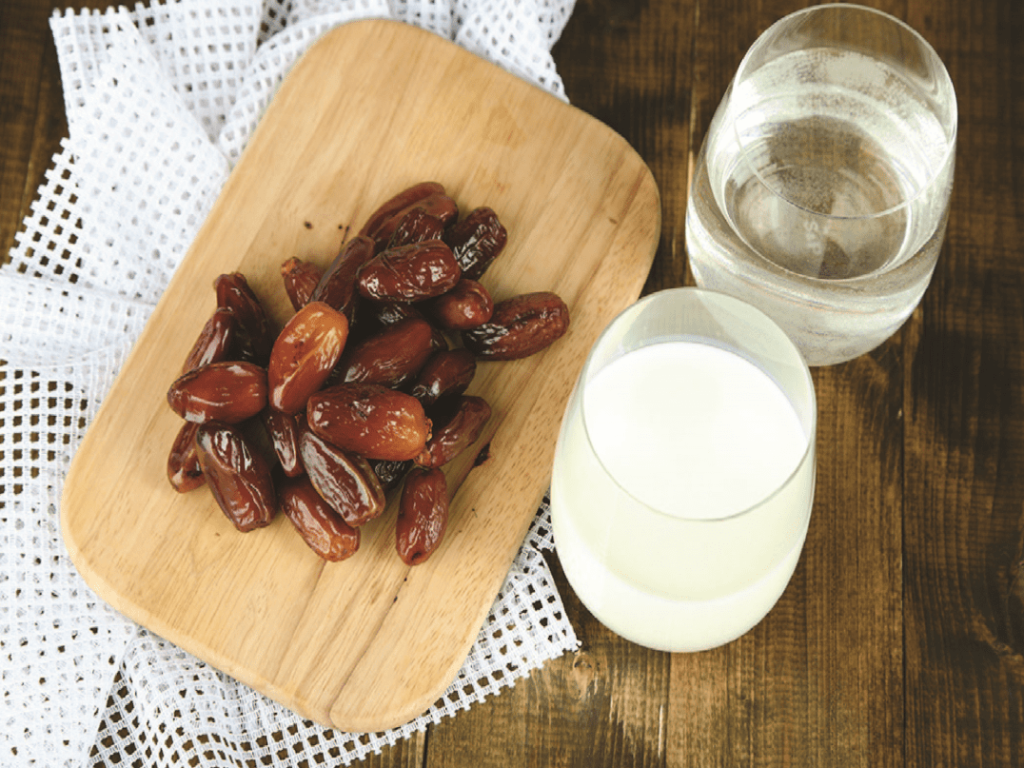Ramadan, the holy month of fasting for Muslims, is not only a time of spiritual reflection but also a period of rich culinary traditions. The aroma of flavorful dishes and the refreshing taste of traditional beverages fill the air as families and communities come together to break their fast. This article invites you on a delicious journey through the Ramadan food and Ramadan drinks enjoyed throughout the Arab world.
What is Ramadan, you ask? During this special month, Muslims abstain from food and drink from dawn until sunset. This makes the meals of iftar (breaking the fast) and suhoor (pre-dawn meal) particularly important. Let’s explore the Arabic Ramadan food and Arab drinks that make these times so special.
Understanding Iftar and Suhoor
- Iftar (إفطار): This is the evening meal that breaks the daily fast after sunset. Imagine the setting sun, the call to prayer echoing, and families gathering around tables laden with delicious food – that’s iftar! It’s a time of celebration and togetherness.
- Suhoor (سحور): This is the pre-dawn meal consumed before the start of the fast. Think of it as a power-up before the long day ahead. Suhoor dishes are designed to be satisfying and provide sustained energy.
Popular Ramadan Drinks in the Arab World
Hydration is key during Ramadan, especially when it falls in the summer months. Here are some popular Ramadan juices and Arab drinks that are enjoyed:
Refreshing Arabic Juices for Ramadan
- Jallab (جلاب):
- Description: Imagine a sweet and fragrant escape from the summer heat! Jallab is a beloved Levantine drink that combines the rich sweetness of dates and grape molasses with the delicate perfume of rosewater. It’s like a taste of the Orient in a glass!
- Key Ingredients: Dates, grape molasses, rose water, pine nuts (for garnish).
- Recipe (Simple Form): Mix date syrup, grape molasses, rose water, and water. Serve chilled with ice and a sprinkle of crunchy pine nuts.
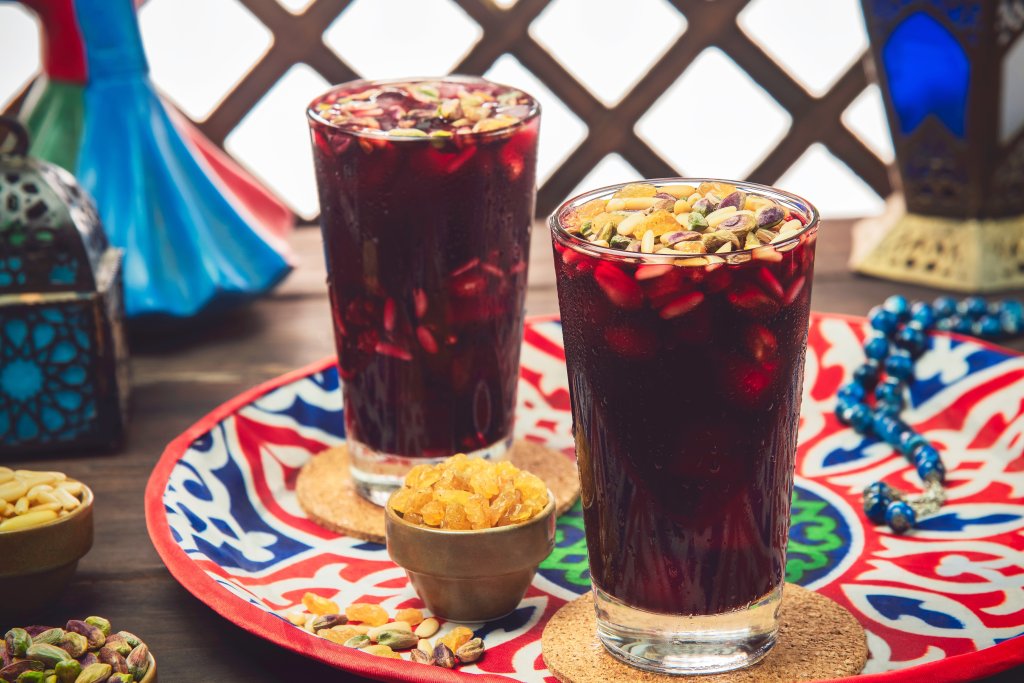
- Tamar Hindi/Tamarind (تمر هندي):
- Description: Craving something tangy and refreshing? Tamar Hindi is your answer! This vibrant drink, made from the tamarind fruit, offers a delightful sour-sweet kick that will awaken your taste buds. It’s the perfect thirst quencher on a hot Ramadan evening.
- Key Ingredients: Tamarind fruit, sugar.
- Recipe (Simple Form): Soak tamarind pulp in water, strain to get the juice, sweeten with sugar, and chill until icy cold.
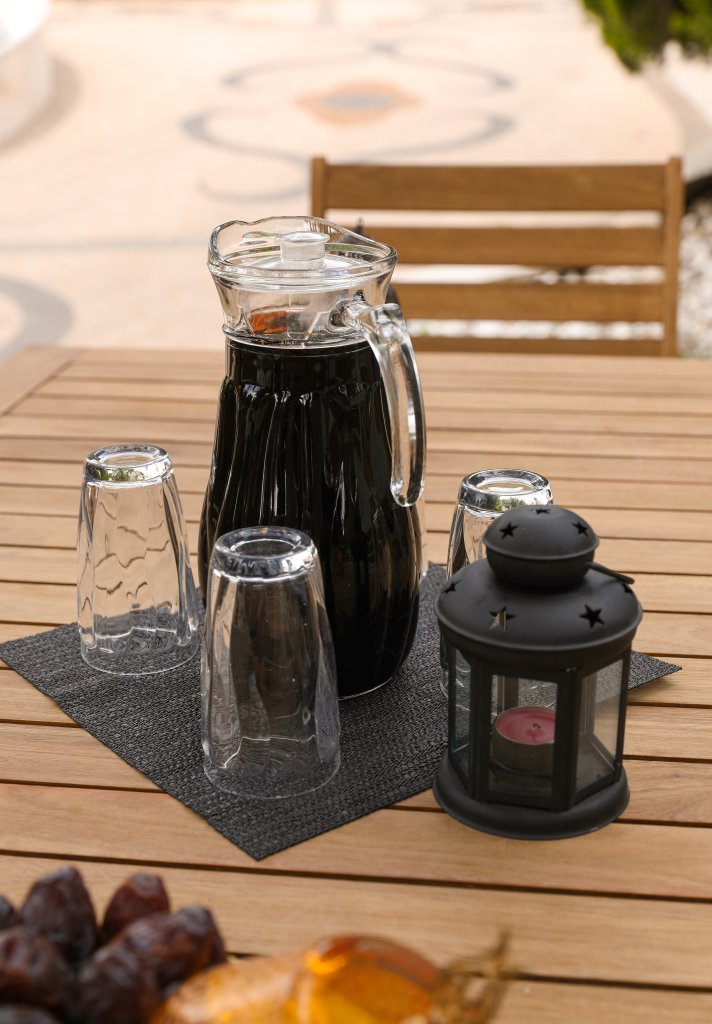
- Amar al Din (قمر الدين):
- Description: Think of this as liquid sunshine! Amar al Din, made from dried apricots, is a Ramadan staple. Its smooth, velvety texture and intense apricot flavor are not only delicious but also packed with nutrients to gently energize you after a long fast.
- Key Ingredients: Dried apricots or apricot paste, water.
- Recipe (Simple Form): Soak apricot sheets in water until they become soft, then blend or mash them to a smooth consistency. Chill before serving.
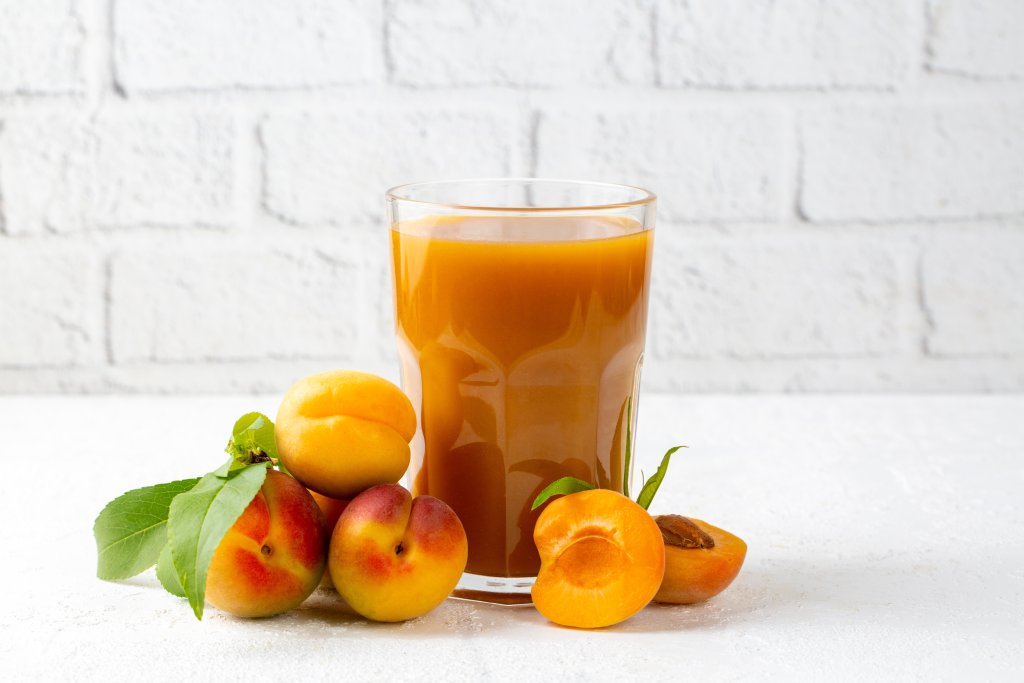
Traditional Arab Drinks for Ramadan
- Areek Sous (عرق سوس):
This is a drink with a bold personality! Areek Sous, derived from licorice root, has a distinctive black color and a complex flavor profile – a bit sweet, a bit bitter, and surprisingly refreshing. It’s an acquired taste for some, but a beloved Ramadan tradition for many.- Key Ingredients: Licorice root, water.
- Recipe (Simple Form): Soak the licorice root in water, then strain the liquid. Serve chilled to experience its full flavor.
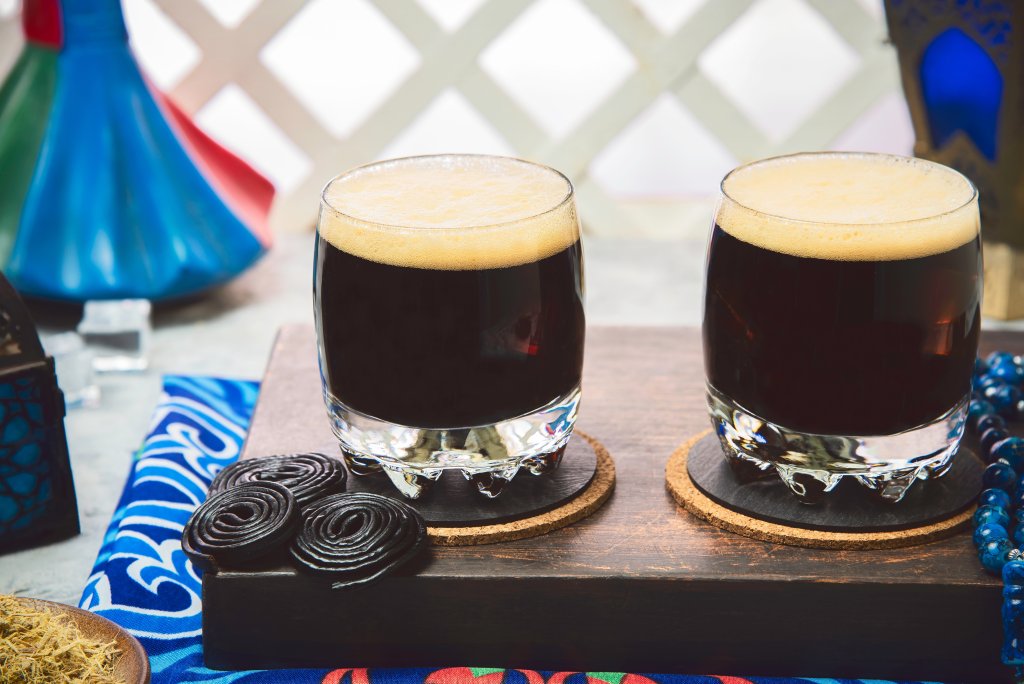
- Sobia (سوبيا):
Get ready for a creamy and comforting treat! Sobia, especially popular in Saudi Arabia, is a unique drink with a slightly fermented tang. Its milky texture and subtle spice notes make it a truly satisfying Ramadan beverage.- Key Ingredients: Bread or barley, spices, sugar.
- Recipe (Simple Form): Soak bread or barley in water, add a blend of spices like cinnamon and cardamom, sweeten with sugar, allow it to ferment lightly, and then serve chilled.
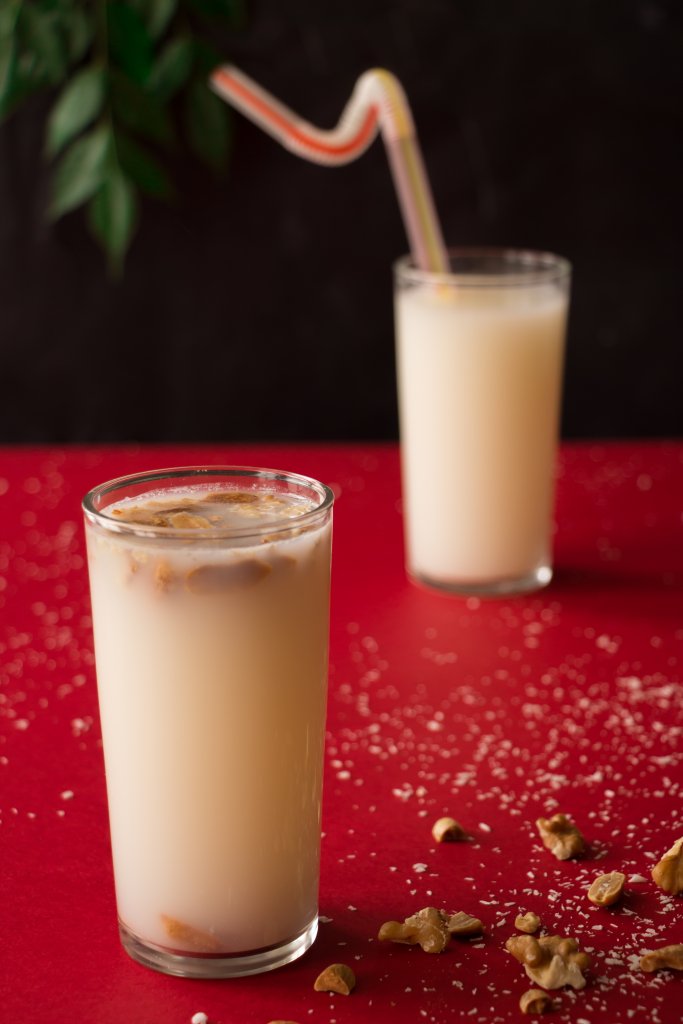
- Karkadeh/Karkade (كركديه):
Prepare to be dazzled by the color and flavor of Karkadeh! This hibiscus tea is a jewel of Ramadan, offering a vibrant ruby hue and a delightful sweet-tart taste. It can be enjoyed hot for a soothing experience or cold for a refreshing boost.- Key Ingredients: Hibiscus flowers, sugar.
- Recipe (Simple Form): Steep hibiscus flowers in boiling water, strain, sweeten to your liking, and serve hot or chilled.
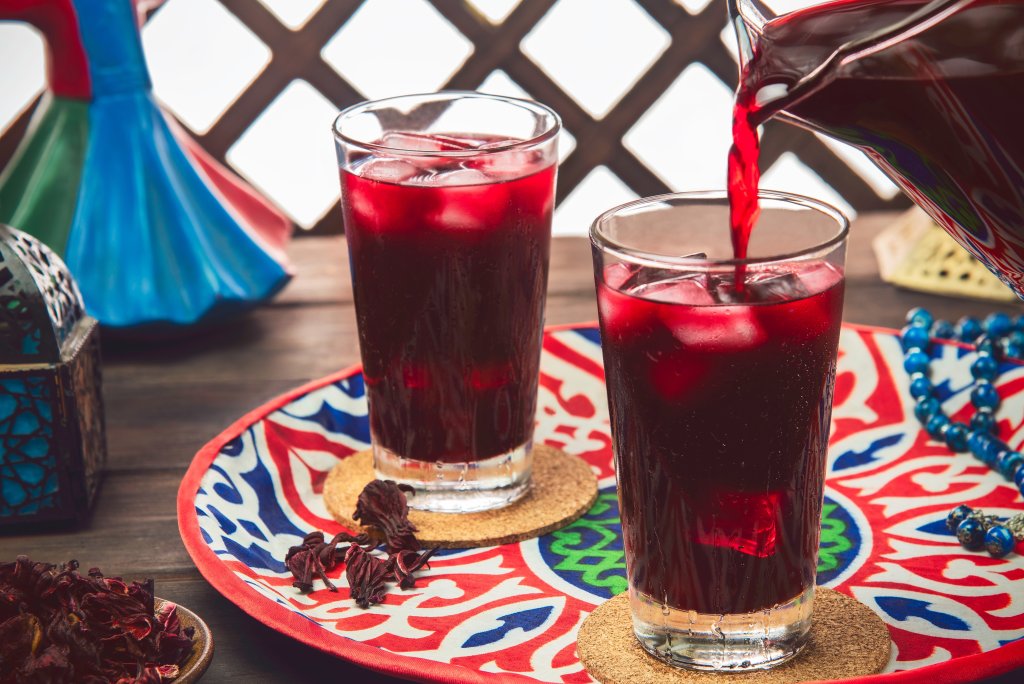
- Kharoub/Carob Juice (خروب):
For a healthy and naturally sweet option, try Kharoub! This carob juice is rich in fiber and antioxidants, giving you a guilt-free way to enjoy a delicious Ramadan beverage. Its earthy and slightly chocolatey notes are a real treat.- Key Ingredients: Carob pods, water.
- Recipe (Simple Form): Boil carob pods in water, strain the liquid to remove any solids, and chill before serving.
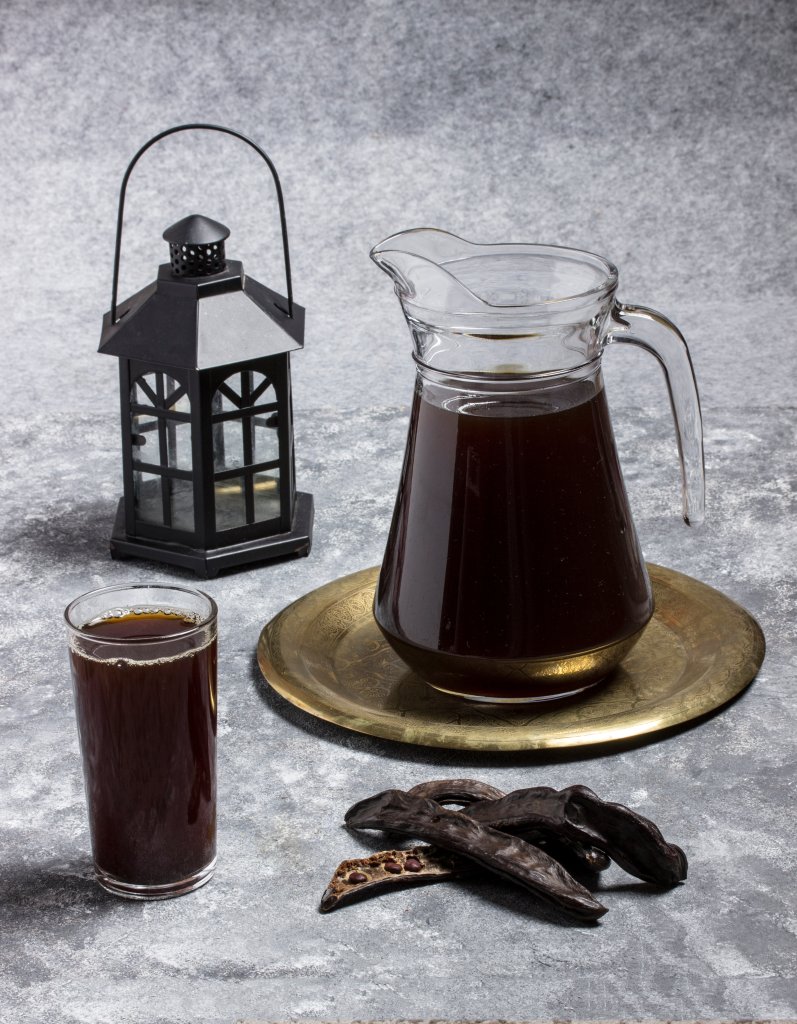
Delicious Ramadan Arabic Food Dishes
Iftar Staples: Breaking the Fast with Flavor
- Dates and Yogurt (التمر واللبن):
The simple yet perfect way to begin iftar! Sweet dates provide a quick energy boost, while creamy yogurt offers a soothing and refreshing start to the meal. It’s a classic combination that’s both nutritious and delicious.- Key Ingredients: Dates, yogurt or milk.
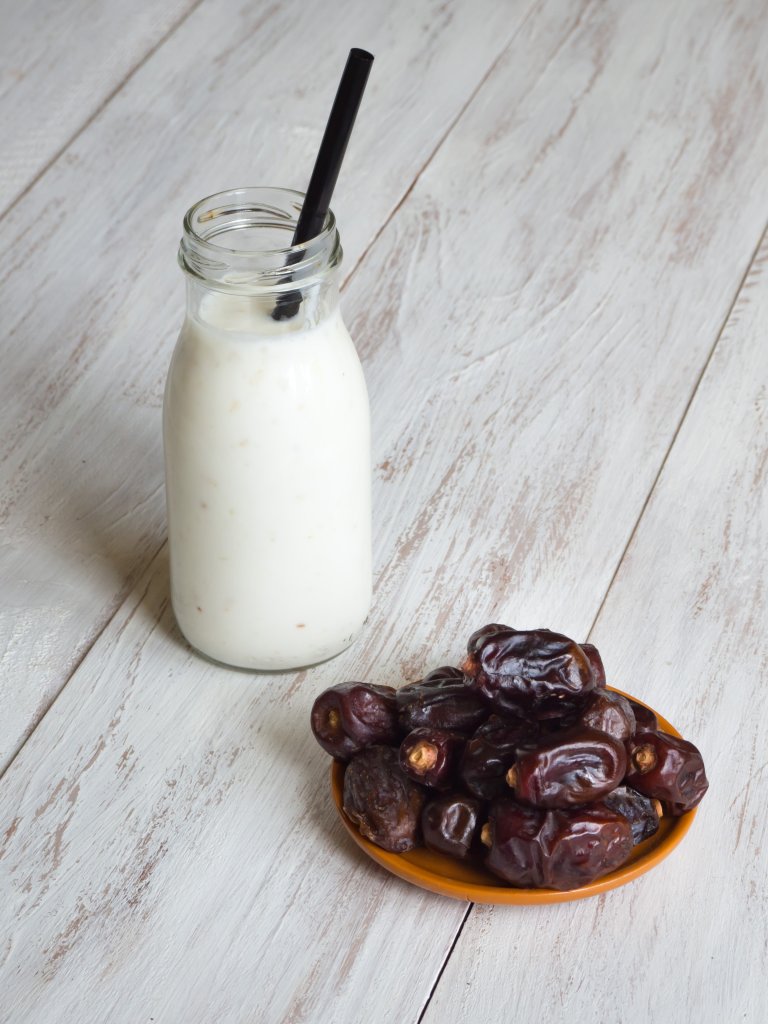
- Harira Soup (شوربة حريرة):
Warm your soul with this hearty Moroccan soup! Harira is a flavor explosion, packed with tender meat, lentils, chickpeas, and a symphony of aromatic spices. It’s a comforting and nourishing way to break the fast.- Key Ingredients: Meat (lamb or beef), lentils, chickpeas, tomatoes, spices (like cinnamon, ginger, and saffron).
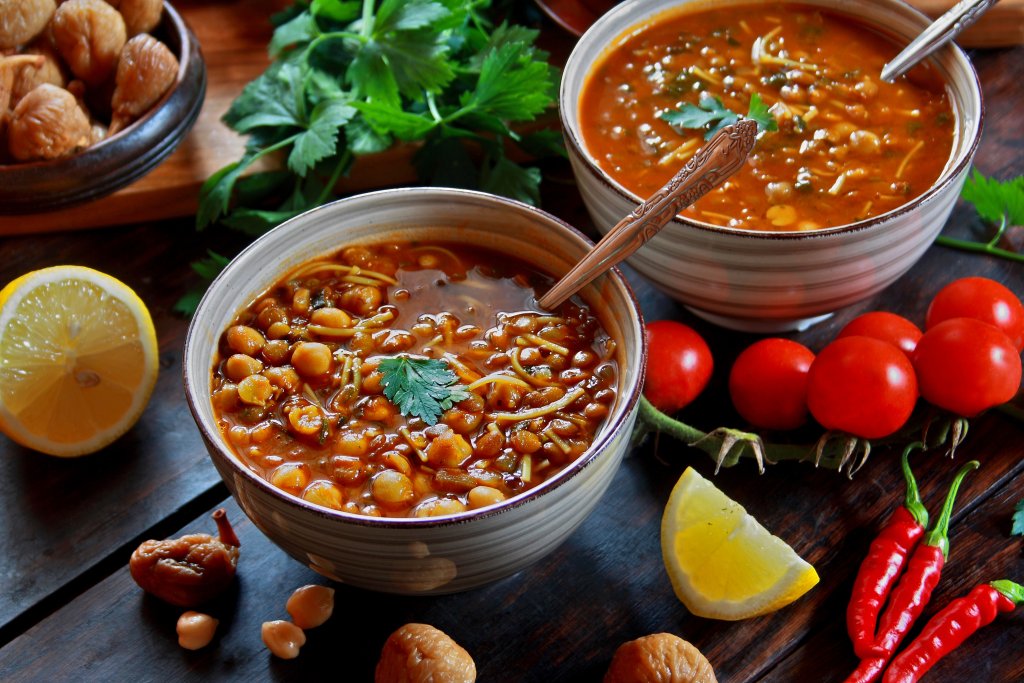
- Fattoush Salad (سلطة فتوش):
Brighten your palate with the vibrant flavors of Fattoush! This Levantine salad is a celebration of fresh vegetables and crispy pita bread. Its tangy dressing and crunchy texture make it an irresistible addition to the iftar table.- Key Ingredients: Lettuce, tomatoes, cucumbers, radish, fresh herbs (like mint and parsley), toasted pita bread.
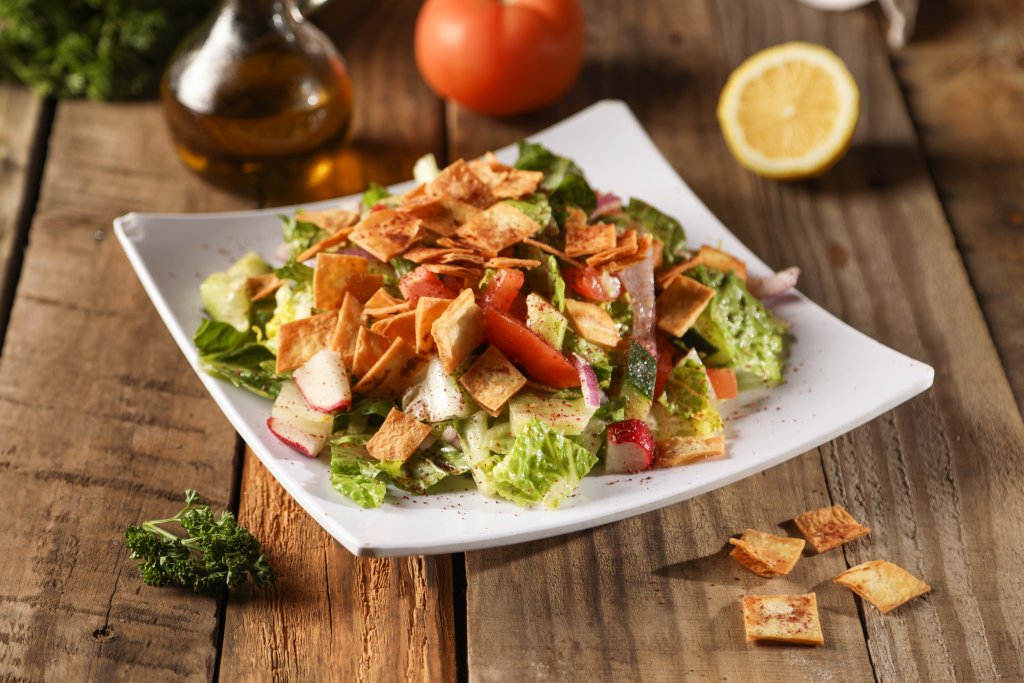
Ramadan Traditional Arabic Food for Iftar (Examples)
- Harees (الهريس): Imagine a warm, comforting porridge made from tender meat and slowly cooked wheat. Harees is a labor of love, requiring hours of simmering to achieve its creamy and satisfying texture. It’s a truly special dish for iftar.

- Fattah (فتة): Get ready for layers of deliciousness! Fattah is a Levantine and Egyptian specialty, featuring crispy pita bread, various legumes like chickpeas (sometimes small eggplants called makdous), various types of meats, and a rich, flavorful yogurt sauce, topped with nuts. It’s a feast for the senses!
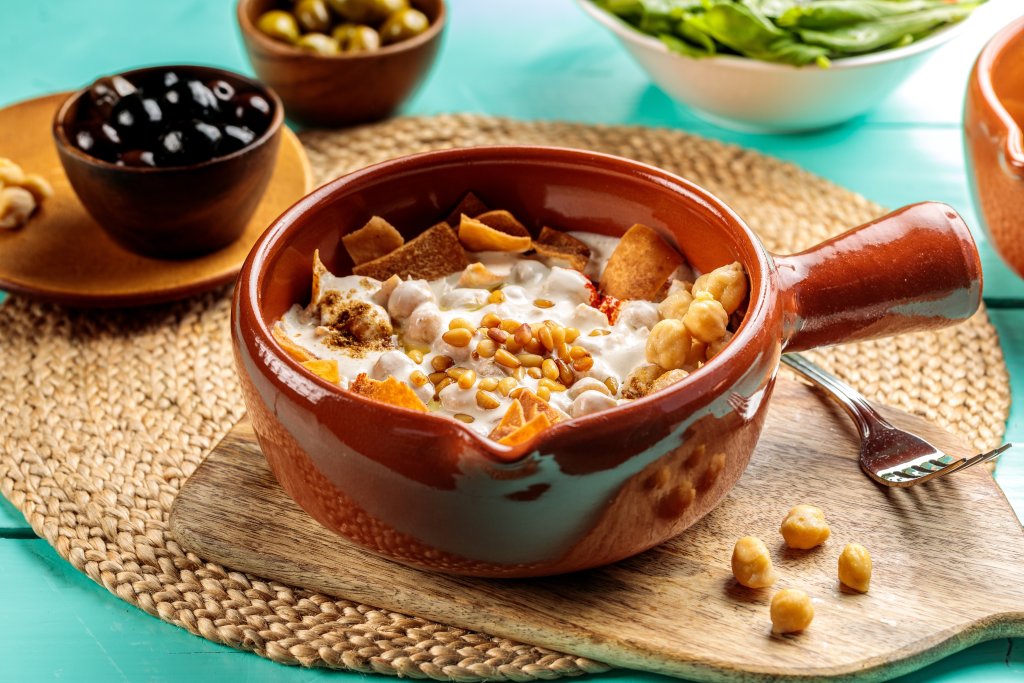
- Sambousek/Samosa (سمبوسك): These golden, crispy pastries are a Ramadan favorite! Filled with savory meat, creamy cheese, or spiced vegetables, they’re the perfect bite-sized treat to enjoy with family and friends.
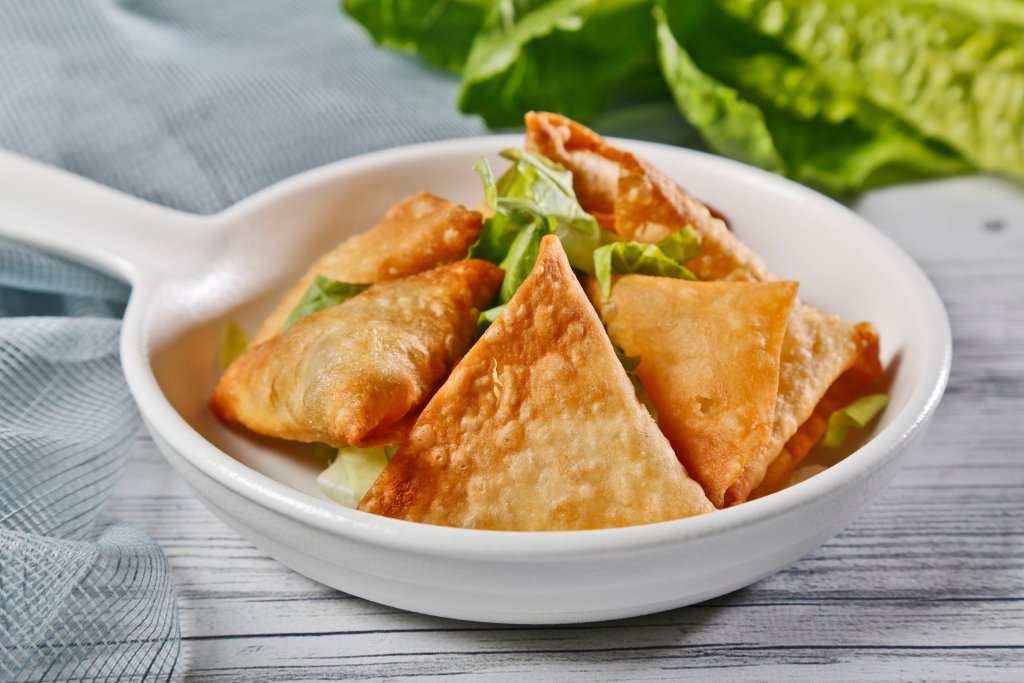
Ramadan Arabic Food for Suhoor: Sustaining the Fast
- Dishes that are high in protein and fiber are preferred for Suhoor to provide sustained energy.
- Examples include:
- Ful Medames (فول مدمس): Start your day with a hearty and flavorful stew of fava beans, seasoned with spices and olive oil. It’s a protein-packed and satisfying choice.
- Eggs and cheese: A simple yet effective way to get protein and calcium. Enjoy them with whole-wheat bread for added fiber.
- Bread with hummus: A classic and nutritious combination that provides both carbohydrates and protein.
Ramadan Arabic Sweets: A Sweet Ending
- Qatayef (القطايف):
Indulge in these delightful mini pancakes, a Ramadan must-have! Qatayef are soft and pillowy, filled with creamy ashta (clotted cream) or crunchy nuts, and drizzled with sweet syrup. They’re the perfect sweet ending to an iftar meal.- Key Ingredients: Flour, yeast, filling (cream, nuts), syrup (sugar, water, lemon juice).
- Key Ingredients: Flour, yeast, filling (cream, nuts), syrup (sugar, water, lemon juice).
- Khoshaf (خشاف):
A taste of tradition in every spoonful! Khoshaf is a beautiful fruit salad made with an assortment of dried fruits, nuts, and a touch of rosewater. It’s a refreshing and naturally sweet way to break the fast, often enjoyed as a light dessert.- Key Ingredients: Dried apricots, figs, dates, raisins, nuts (like almonds and walnuts), rosewater.
The Cultural Significance of Ramadan Food
Food plays a central role in Ramadan celebrations:
- Hospitality: The spirit of generosity shines brightly during Ramadan, with families opening their homes and sharing food with neighbors, friends, and the less fortunate.
- Family Gatherings: Iftar meals are a cherished time for families to reconnect, share stories, and strengthen bonds. The shared experience of breaking the fast is a powerful symbol of unity.
- Charity: Giving back to the community is an integral part of Ramadan. Providing food to those in need, whether through donations or communal meals, is a deeply ingrained tradition.
Conclusion
The Arabic food for Ramadan and Ramadan Arabic food traditions are a testament to the rich culinary heritage and cultural values of the Arab world. From the refreshing Ramadan juices to the flavorful dishes, these meals are an integral part of the Ramadan experience, embodying the spirit of community, generosity, and celebration.
If you’re eager to explore more about Arab drinks and Ramadan drink options, or to delve deeper into the Arabic language and culture, we encourage you to download the Kaleela app!

